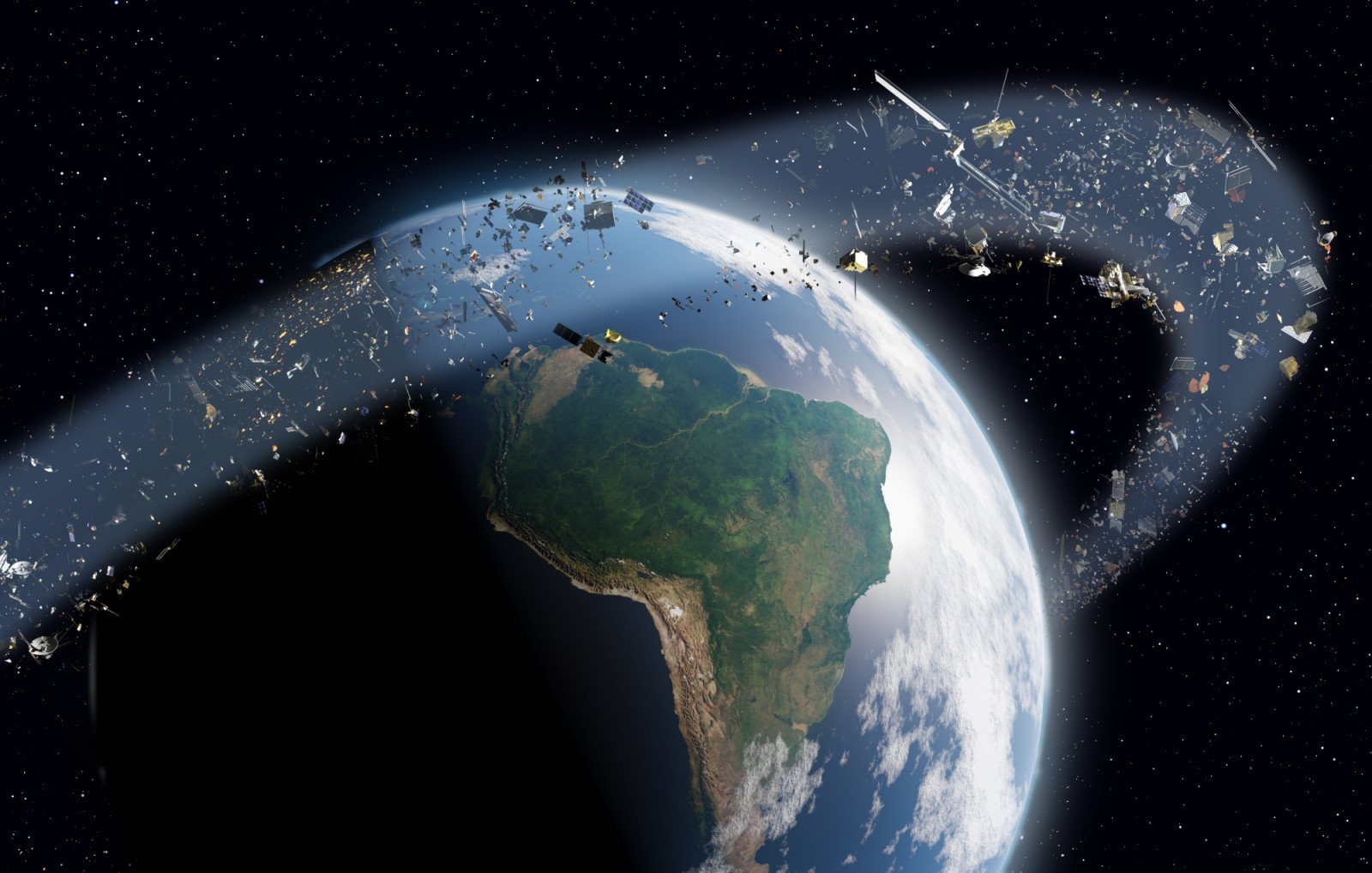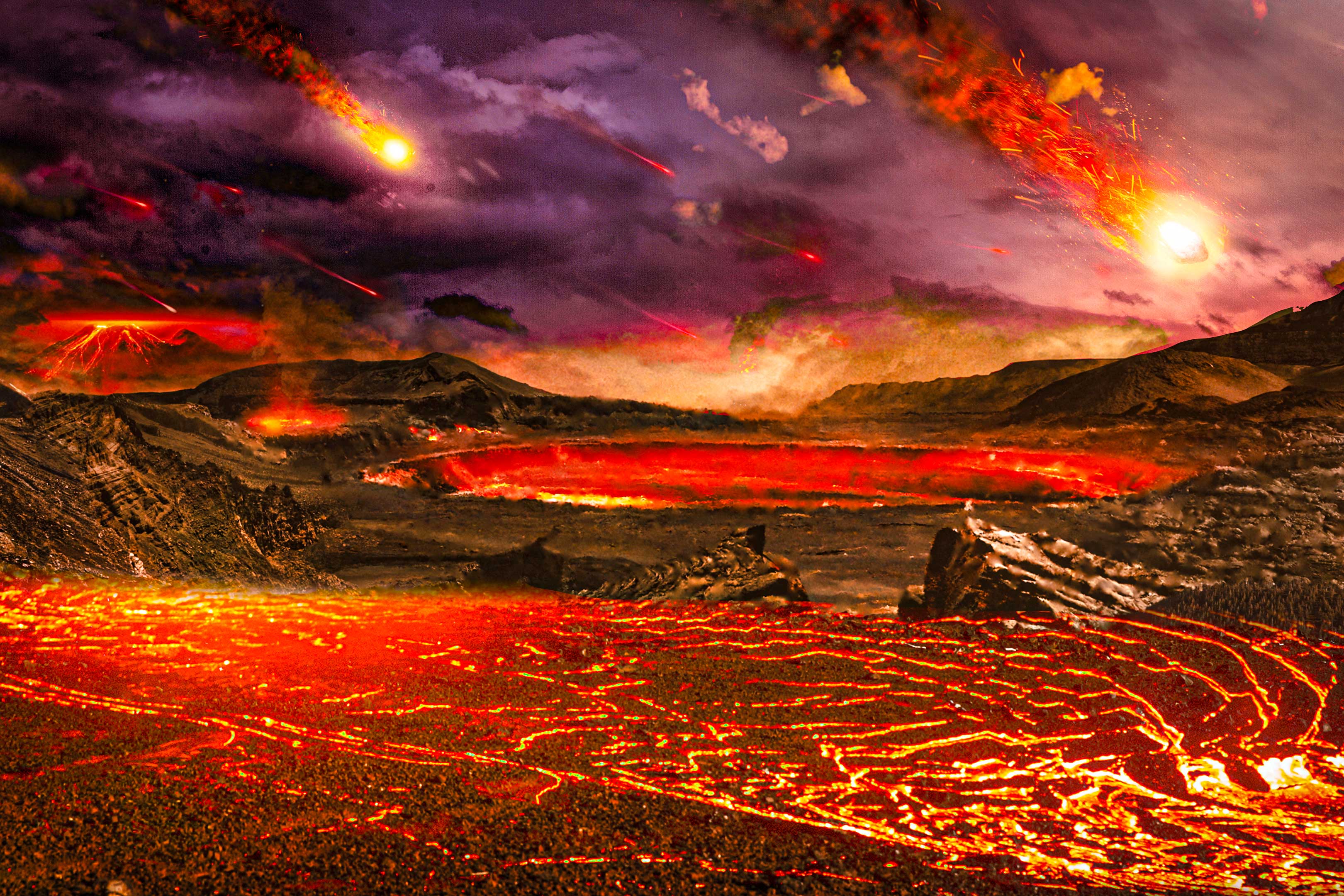AI Generated Undersea Metropolis: Shocking Discovery of the Kunlun Hydrothermal Field!

Imagine discovering an entire undersea city, hidden from our eyes, that reshapes everything we know about life on Earth! Recent explorations have unveiled a groundbreaking finding in the depths of the Pacific Ocean: a massive hydrothermal field known as the Kunlun, which dwarfs the previously famous 'Lost City' in the Atlantic. This remarkable site is over a hundred times bigger than its counterpart and might hold the secrets to the origins of life itself!
The Kunlun hydrothermal field sprawls across 11.1 square kilometers (4.3 square miles), creating a labyrinth of deep craters and stunning carbonate walls that shimmer in the dark ocean waters. These twisting formations, surrounded by twenty hydrothermal vents, create an eerie, almost dreamlike scene, reminiscent of a deep-sea mirage. Discovered by researchers at the Laoshan Laboratory and the Chinese Academy of Sciences, this underwater marvel is located northeast of Papua New Guinea, and it’s poised to rewrite our understanding of where life began.
Since its discovery in 2000, the Lost City was considered the largest known hydrothermal vent field, but it now finds itself overshadowed by the sheer scale and potential of Kunlun. This new hydrothermal field, with its cold hydrogen-rich fluids below 40°C, presents an exciting opportunity to study the conditions that may have led to life billions of years ago. Unlike the 'black smokers' we typically associate with hydrothermal vents, which are scorching hot, Kunlun’s unique environment offers a cooler setting that could have been crucial for the emergence of biological life.
Marine geochemist Weidong Sun from the CAS emphasized the ecological significance of this discovery. “We observed diverse deep-sea life thriving in this environment, including shrimp, squat lobsters, anemones, and tubeworms,” he stated, hinting at the astonishing adaptability of life even in extreme conditions. These organisms likely rely on hydrogen-driven chemosynthesis, showcasing how life can thrive in environments devoid of sunlight.
The researchers have calculated that the Kunlun field contributes an impressive 8 percent of the world’s abiotic hydrogen flux from submarine sources. This contribution is monumental, especially when considering that the Lost City was previously the benchmark for hydrothermal vent fields.
Geologically, the Kunlun craters are strikingly different from the jagged towers of the Lost City. The craters at Kunlun can stretch hundreds of meters wide, plunging more than 100 meters deep, which creates a more stable and favorable environment for life’s evolutionary processes. The formation of these structures involved seawater interacting with Earth's mantle, leading to explosive events that shaped this extraordinary undersea landscape.
However, the Kunlun system is not just a scientific marvel; it could potentially be a game-changer in our quest for sustainable energy. Researchers suggest it might serve as an ideal target for extracting deep-sea hydrogen, presenting new avenues for renewable energy sources.
In an era when the search for clean energy is critical, finding places like Kunlun gives us hope for the future. As Sun mentions, “It demonstrates that serpentinization-driven hydrogen generation can occur far from mid-ocean ridges, challenging previous assumptions.” Who knows what other wondrous and life-sustaining systems are lurking in the dark, waiting for us to discover them?
As research continues, the Kunlun hydrothermal field stands as a testament to the mysteries of our planet, reminding us that even in the depths of the ocean, we are only beginning to scratch the surface of what lies beneath.



















